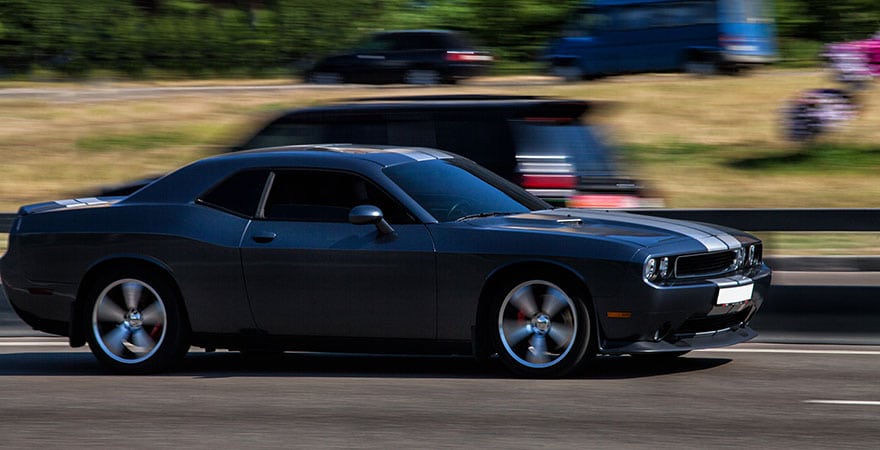Spray window tints are sharing a fair share of popularity amongst vehicle owners. Spray window tints are used to tint car headlights, windows, and taillights. However, the biggest concern is that do spray tints work for auto glass tinting. The short answer is yes. Let’s take a look at some pros and cons to discuss whether spray window tints prove to be worth the investment.
Pros Of Spray Window Tints
Spray window tints have several benefits to offer. To begin with, people tend to choose spray window tints over adhesive films due to convenience. Spray tinting windows do not require a professional and can simply be done at home. Furthermore, spray window tints are not that expensive either when compared to adhesive films.
Moving on, spray window tints are not prone to bubbles and peels, which is sometimes the case with adhesive films if inexperienced individuals work on them. Moreover, spray tints are permanent and not easy to take off once applied. And since windows are being sprayed, it is relatively easy to get around the corners and tight areas. Finally, you do not have to worry about chipping either.
Cons Of Spray Window Tints
While there are some advantages to spraying window tints, there are some disadvantages as well. For instance, spray window tints do not offer the same finish as adhesive films. The reason is simply that hand movements vary and you can simply end up ruining the job.
On the other hand, spray window tints are permanent. If you opt for spray window tints and then decide to remove them later on, it is not going to be an easy task. Furthermore, spray window tints do not offer any protection against UV rays as do adhesive films.
In addition to that, spray window tints do not offer much variety and are only available in green, gold, blue or gray colors. On top of that, you could also face legal challenges if the tints become too dark. You are most likely to be stopped by authorities and could face heavy fines in some cases.
How Do You Apply A Spray Tint?
Applying spray tint is an easy process as mentioned previously. All you need is a spray tint, masking tape, newspapers, and window cleaners. The first step is to clean the window by removing dirt, grease, debris, etc. You will need to use a dedicated cleaning agent or simply mix dishwashing soap with water.
Next, cover the surrounding parts using tape or newspapers as you might end up overspraying, which could lead to permanent damage down the road. Removing spray tints is an extremely tough job and the chances are that the person removing them will compromise the glass during the process.
Once you have covered the surrounding areas, it is time to apply the spray tint. Lower your window so that the top edge is slightly exposed. Next, shake the spray tint for around a minute or so. Then, hold the tint spray at least 6 inches away from the windows and begin spraying.
Make sure that you use a consistent hand movement and do not focus more on one area as it could turn the tint darker due to overspray. At the same time, make sure that there is some newspaper on the floor as well to prevent tint from over spraying or dripping.
Window Tint Spray Vs Window Tint Film
Window spray tint when compared to film is a cheaper option. Unfortunately, people still opt for window tint spray, ignoring the low-quality finish they can end up with. That said, people who opt for spray tints often end up complaining after a while, which is not the case with films.
Window tint films should only be installed by a professional since the lifespan entirely depends on them. An inexperienced individual is most likely to cause bubbles, which will increase the overall life of tints. This makes the films expensive but guarantees a proper finish.
Final Word
Concluding, spray window tints are simply a budget-friendly option. Although the advantages are sufficient, the disadvantages outweigh them. So, investment-wise, it is not going to be a smart choice and it would be better if you use tint films installed by a car window tinting shop Springfield.












